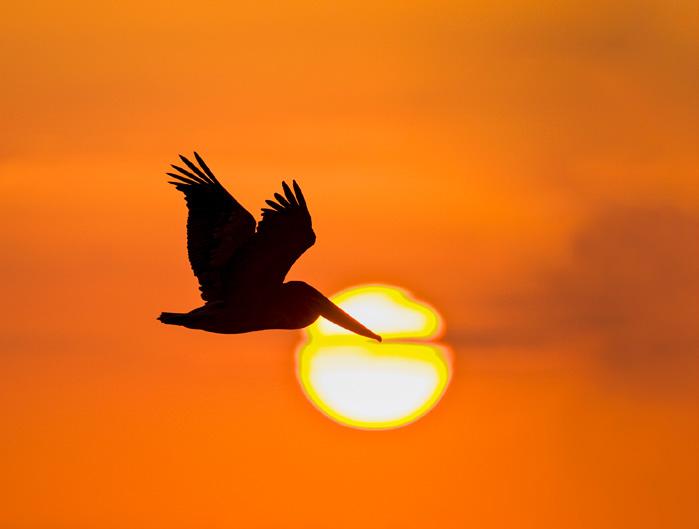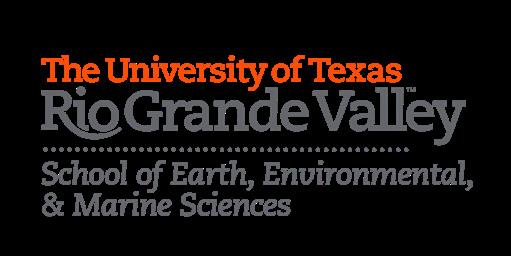Lower










The Laguna Madre is one of only five hypersaline lagoons in the world. It is characterized by abundant seagrass and good water quality, and is renowned for its recreational fishing. South Padre Island is a popular tourist destination, with great beaches, excellent wind sport and fishing conditions, birdwatching, and other ecotourism opportunities.
The area is home to the Port of Harlingen and the Port of Brownsville. The Port of Brownsville consists of 40,000 acres and is the largest landowning port authority in the U.S., housing the largest U.S. fabricator of off-shore oil drilling platforms.

This Report Card uses local, state, and national datasets alongside stakeholder input to evaluate how current conditions compare to long-term trends. This is meant to give a high-level summary of the health of bay ecosystems to inform management decisions for the Texas coast.
A healthy score represents a well-balanced syste score indicates that negative influences from human and natural pressures are being observed. An unhealthy score means that measured values are balanced, healthy system.
Prioritize immediate actions
Prioritize proactive solutions
Prioritize balanced growth
This symbol indicates a priority call to action !
WILLACY Port Isabel Lower Laguna Madre CAMERON South Padre IslandNutrients Freshwater inflow
Balanced levels of nutrients, like nitrogen and phosphorus, support life in our bays. In the Lower Laguna Madre, nutrient conditions are generally good. There are occasional periods of increased algae growth related to high nutrients flowing into the lagoon from the Arroyo Colorado.
The amount and timing of freshwater inflow to estuaries helps regulate salinity and nutrient supply. The Lower Laguna Madre is not quickly flushed out and can be especially affected by extreme flows. There have been more frequent low flow events to the lagoon than in the past, which can lead to salinity extremes that are stressful to marine life.
The Texas Beach Watch program measures harmful bacteria in the water at recreational beaches to protect human health. Bacteria levels are good in the Lower Laguna Madre, but high levels of bacteria have been observed at locations not monitored by Texas Beach Watch.
1. Expand routine water quality monitoring to proactively detect potential impacts of population growth.
2. Implement Valley-wide pollution controls to sustain a healthy ecosystem.
Coastal habitats provide feeding grounds and shelter for fish, birds, crabs, sea turtles, and shrimp. They protect the coast from damaging waves and erosion and store carbon.
The Lower Laguna Madre region has experienced net wetland loss since 2001, but data on the main stressors are limited. Seagrass coverage did not change much between 2011 and 2018. However, changing seagrass species distribution and density are evidence that their health may be in decline.
Initiate routine monitoring to understand how habitats are changing with climate change, sea level rise, and coastal development.
Wetland area

Tidal flats area
Insu cient data
Colonial waterbirds are iconic species that gather in dense colonies to nest on small islands throughout the Lower Laguna Madre. Habitat conservation and restoration in the region are supporting healthy populations of herons, terns, and Black Skimmers. Some species, like the Reddish Egret and Roseate Spoonbill, are showing up in fewer numbers than they have in the past.
Assessed waterbird species: Black Skimmer, Great Egret, Reddish Egret, Roseate Spoonbill, Tricolored Heron, Great Blue Heron, Brown Pelican, Caspian Tern, Forster’s Tern

Black Drum, Redfish, and Spotted Seatrout have recovered from historic lows to support a vibrant recreational fishing industry in the region. Shrimp are still within acceptable levels, but populations should be closely monitored to ensure continued sustainability. Populations of Southern Flounder, Atlantic Croaker, and Blue Crab are in decline.

Assessed finfish species: Spotted Seatrout, Black Drum, Red Drum, Atlantic Croaker, Southern Flounder
1. Assess fishing and environmnetal pressures to support sustainable management strategies.
2. Restore and protect coastal habitats, like wetlands and seagrasses, to maintain fisheries.
Build capacity for more intensive nesting surveys.
Coastal communities affect and are affected by the environment and the natural resources that define ways of life. Healthy bays support healthy communities.
Tourism and recreation is the main contributor to the economy of the Lower Laguna Madre. In 2021, tourism and recreation activities in Cameron and Willacy Counties generated more than $240 million. Ocean economies in the region have grown more slowly than the Texas coast average. However, tourism is expected to grow in the coming years, increasing pressure on the natural environment.

1. Support organizations like the Arroyo Colorado Watershed Partnership that strive to balance increasing economic activity with ecosystem conservation to ensure balanced growth.
2. Secure funding for establishing the Lower Laguna Madre Estuary Program.

Community resilience is the ability to adapt to environmental changes and recover from disasters. Approximately 36% of residents in Cameron County and 40% in Willacy County have 3 or more risk factors that make them more vulnerable, compared to the US average of about 22%.
Risk factors include income to poverty ratio, single or no caregiver, crowding, communication barrier, unemployment, disability, no health insurance, age 65+, no vehicle access, no internet access.
1. Promote actions to improve equity, investments in resources for vulnerable populations, and proactive disaster planning.
2. Increase understanding of the links between community vulnerability and ecosystem health.




A watershed is an area of land that channels rainfall and runoff to streams and drainage channels and eventually to the coast. Quality of water from the watershed impacts the health of coastal ecosystems. The Arroyo Colorado is impacted by excess nutrients from the watershed, leading to low dissolved oxygen that is harmful to fish populations. The Arroyo Colorado Watershed Partnership is a group of local stakeholders that has developed a Watershed Protection Plan to improve the quality of water flowing into the Lower Laguna Madre.
Exchange of tidal water between the Brownsville Ship Channel and the Bahia Grande wetlands was cut off in the 1930s, causing wetlands to dry up. Since 2005, one of the largest and most significant coastal wetland restoration projects in the United States has rehabilitated 6,500 acres of the Bahia Grande wetlands to restore important nursery and habitat functions for fish, coastal birds, and other wildlife.
This Report Card was developed in partnership with many stakeholders and organizations. This report was made possible in part through a grant from the Texas General Land Office (TGLO) providing Gulf of Mexico Energy Security Act of 2006 funding to the State of Texas and awarded under the Texas Coastal Management Program. The views contained herein are those of the authors and should not be interpreted as representing the views of the TGLO or the State of Texas. All photos by Larry Ditto Nature Photography



Suggested citation: West, A., Wetz, M., Beseres Pollack, J., DeYoe, H.,
A.


Health Report Card. Harte Research Institute for Gulf of Mexico Studies, Texas A&M University-Corpus Christi.
 Sanchez,
2023. Lower Laguna Madre Ecosystem
Sanchez,
2023. Lower Laguna Madre Ecosystem